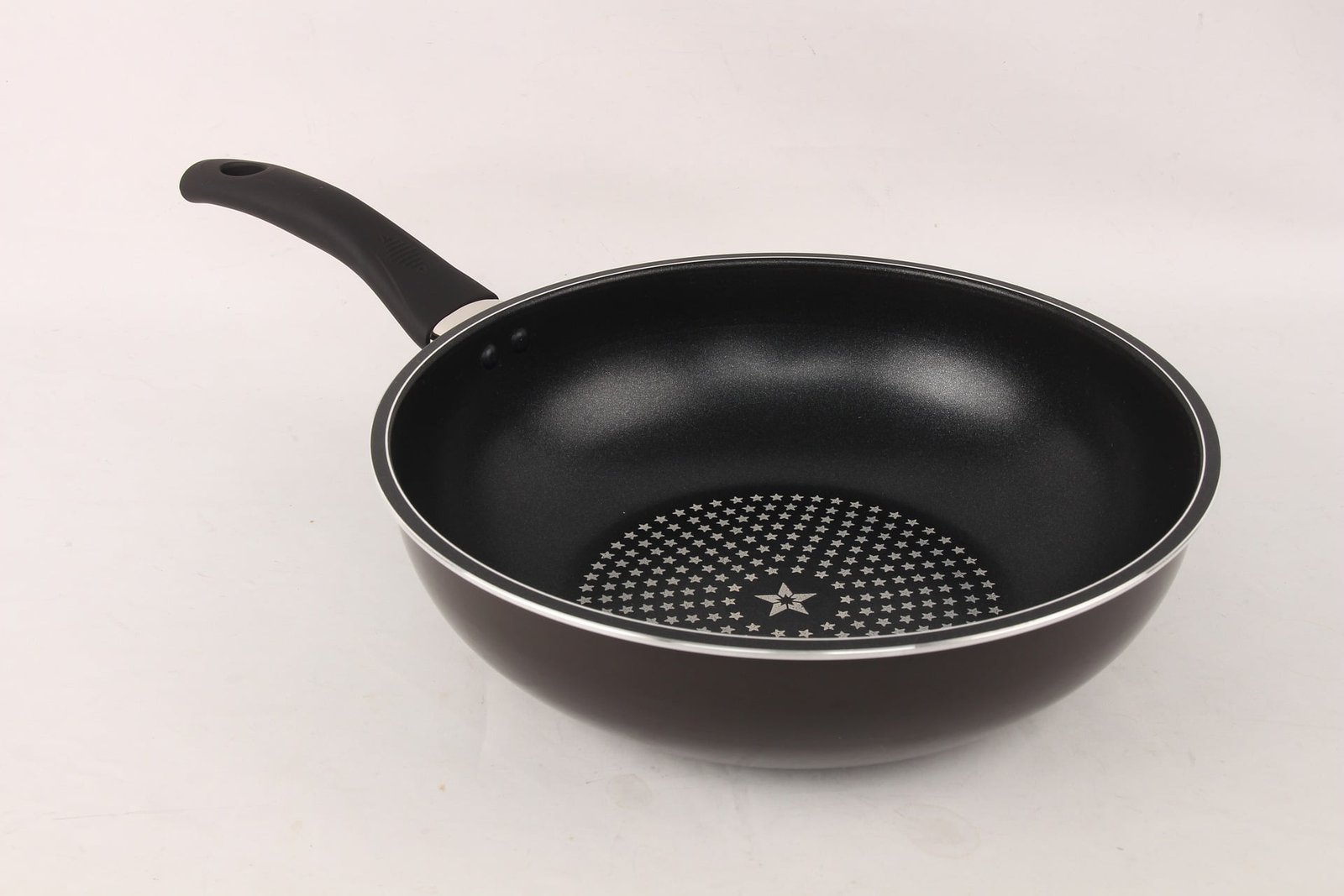Both stainless steel cookware and non-stick cookware have their respective uses in the kitchen. However, their differences can yield different cooking results and they differ in the cooking process.Stainless steel cookware sets are great for just about everything and non-stick sets are great for eggs, pancakes, delicate and flaky fish, and they’re great for those who want to limit the amount of oil needed in their cooking. However, when deciding on which cookware to buy, consider these three factors.
- Durability
- Heat distribution
- Versatility
- Cost
Below is a table of the pros and cons of owning stainless steel cookware versus non-stick cookware. After the table, I discuss the factors you should consider before purchasing one or the other.Both have a lot of benefits but depending on how often you cook, your budget and experience in the kitchen, one set may suit you better than the other.
Stainless Steel Cookware:
| Pros | Cons |
|---|---|
|
|
Non-Stick Cookware:
| Pros | Cons |
|---|---|
|
|
Durability:
Stainless steel cookware has the edge on this. You can find stainless steel sets are heat resistant up to 500 degrees. I own a set that can sit in an oven heated to 450 degrees – I can’t do this with my non-stick set.Also, I can use metal and silicone kitchen utensils on my stainless-steel cookware, whereas I only use silicone utensils on my non-stick cookware to prevent ruining the non-stick surface.
There’s also the issue of cleaning both sets. Non-stick cookware sets are easier to clean and are generally dishwasher safe. Stainless steel cookware sets aren’t always dishwasher safe nor easy to clean.Also, stainless steel pots and pans may need to soak for a while before you can begin to scrub any food that stuck to its surface.
Heat Distribution:
Heat distribution is kind of a big deal and stainless steel cookware does that well. You can attain a nice, even, sear on meat or fish or evenly sauté vegetables. I’m not saying non-stick cookware doesn’t provide even heating, it does, but it takes longer and doesn’t hold the heat as long.This can be a good thing when you’re scrambling eggs and want them to be soft and fluffy instead of hard and overcooked.
Versatility:
Depending on your experience in the kitchen and how often you want to cook, versatility may be a deal-breaker for you. Non-stick cookware work best with delicate foods, whereas stainless steel is great for virtually any dish you choose to make, save for baking.You can start searing a steak on the stove and finish it off in the oven using the same pan. You don’t have to worry about scratching the surface with metal utensils, either.
Cost:
I like to focus on the value on products, but I understand that cost is the ultimate deciding factor for some people. Because of its versatility, durability and the preference of professional and homecooks, stainless steel cookware is usually more expensive than non-stick. Non-stick cookware is a good option for those looking for decent or good quality kitchen equipment, but don’t want to break the bank to get it. It’s also great for beginner cooks, people who don’t cook regularly or people who want to cook healthier meals. It’s also worth noting that cookware doesn’t have to be bought in sets. You can buy a stainless-steel set and buy one or two non-stick items and vice versa. You may realize you need more of one type of cookware than the other.
I hope this guide helps you decide on which set of cookware works best for you. In the end, it’s about how you use your equipment and how you care for them. Both stainless steel and non-stick cookware have their pros and cons, but using the factors above should help you decide which one will give you the best bang for your buck and improve your cooking experiences.
